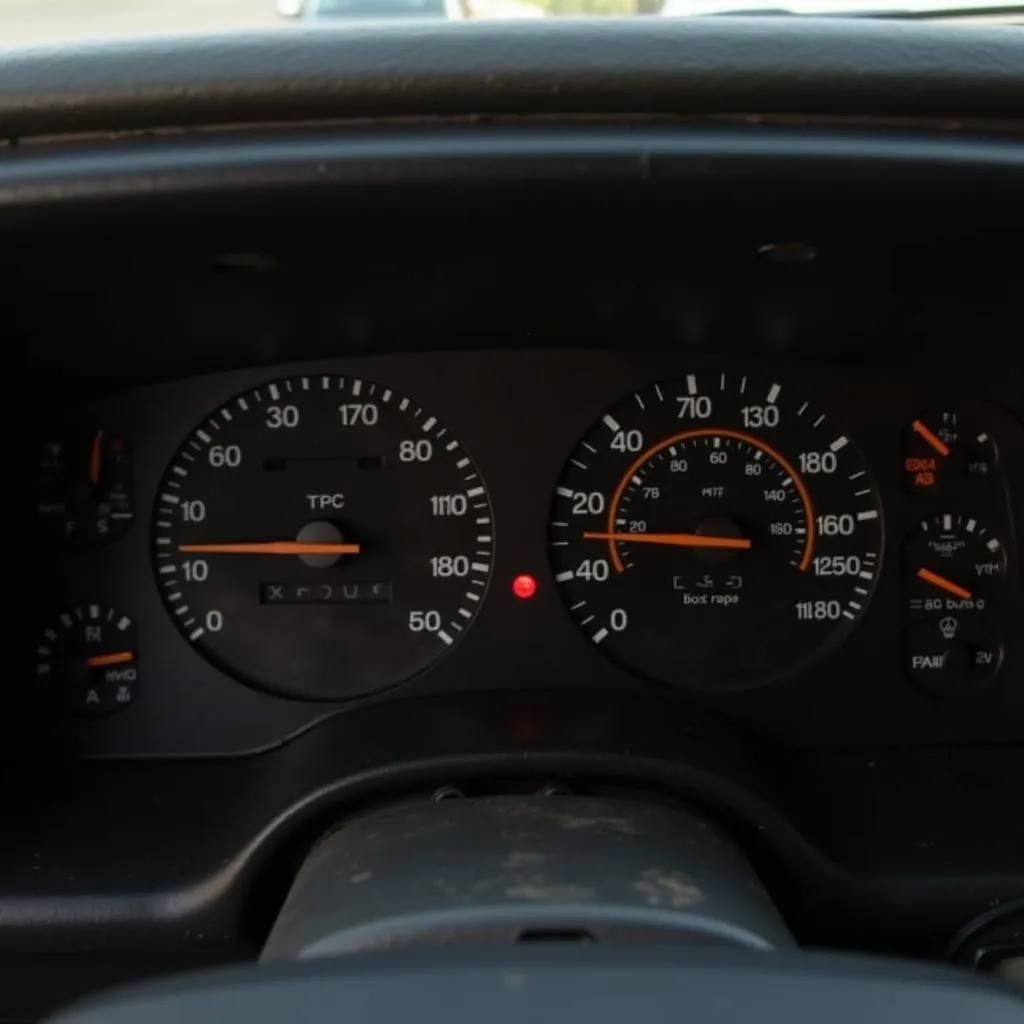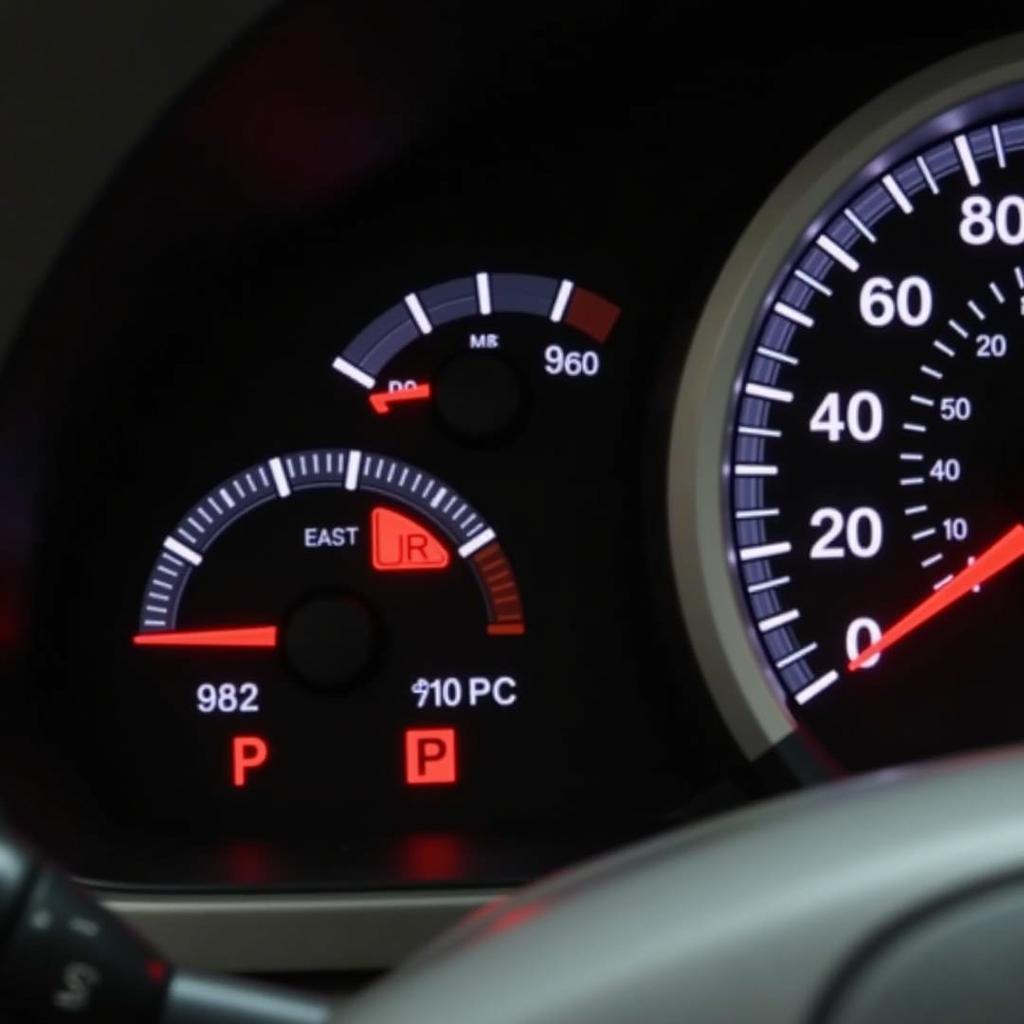Experiencing an intermittent brake warning light in your 1996 Toyota Camry can be a nerve-wracking experience. While this issue can stem from various factors, it always warrants immediate attention to ensure your safety on the road. This comprehensive guide will walk you through common causes and troubleshooting steps to help you identify and address this problem effectively.
Understanding Your Camry’s Brake Warning System
Before diving into the troubleshooting process, it’s crucial to understand how your Camry’s brake warning system functions. The warning light on your dashboard is designed to illuminate when the system detects a potential issue with your braking system. This could indicate:
- Low brake fluid level: One of the most common reasons for the brake warning light to activate is a low brake fluid level in the master cylinder.
- Worn brake pads: Brake pads wear down over time, and when they reach a certain point, a sensor will trigger the warning light, indicating it’s time for a replacement.
- Faulty brake light switch: The brake light switch is responsible for activating your brake lights when you press the brake pedal. A malfunctioning switch can cause the warning light to illuminate.
- Issues with the ABS system: While less common in a 1996 model, problems with the Anti-lock Braking System (ABS) can also trigger the brake warning light.
Troubleshooting Your Intermittent Brake Warning Light
Now that you have a basic understanding of the possible culprits, let’s delve into the troubleshooting steps:
-
Check Your Brake Fluid Level: Park your Camry on a level surface, pop the hood, and locate the brake fluid reservoir. The reservoir will typically have a clear or translucent container, allowing you to visually inspect the fluid level. If the fluid is below the “MIN” mark, add the appropriate DOT 3 or DOT 4 brake fluid (check your owner’s manual for the specific type).
-
Inspect Your Brake Pads: If your brake fluid level is adequate, the next step is to check the condition of your brake pads. You can usually visually inspect the brake pads through the spaces between the wheel spokes. If the brake pad material is less than 1/4 inch thick, it’s time for a replacement.
-
Test Your Brake Light Switch: Locate the brake light switch, usually positioned above the brake pedal arm under the dashboard. With the ignition off, press and release the brake pedal while feeling for a distinct click from the switch. If the click feels soft, inconsistent, or absent, the switch may need replacement.
-
Consider Professional Diagnostics: If you’ve checked the brake fluid, brake pads, and brake light switch, and the intermittent warning light persists, it’s time to seek professional help. A qualified mechanic can use specialized diagnostic tools to pinpoint the exact cause of the problem, whether it’s a faulty ABS sensor, an electrical issue, or a more complex problem within the braking system.
Addressing the Intermittent Light: DIY or Mechanic?
While some of the troubleshooting steps mentioned above can be performed by individuals with basic automotive knowledge, it’s essential to prioritize safety. If you’re uncomfortable working with your car’s braking system or aren’t confident in your diagnostic skills, it’s always best to err on the side of caution and take your Camry to a trusted mechanic.
Conclusion
An intermittent brake warning light in your 1996 Toyota Camry should never be ignored. By following these troubleshooting steps, you can identify and address potential issues promptly, ensuring your safety and the longevity of your vehicle’s braking system. Remember, when in doubt, seek professional help from a qualified mechanic.


